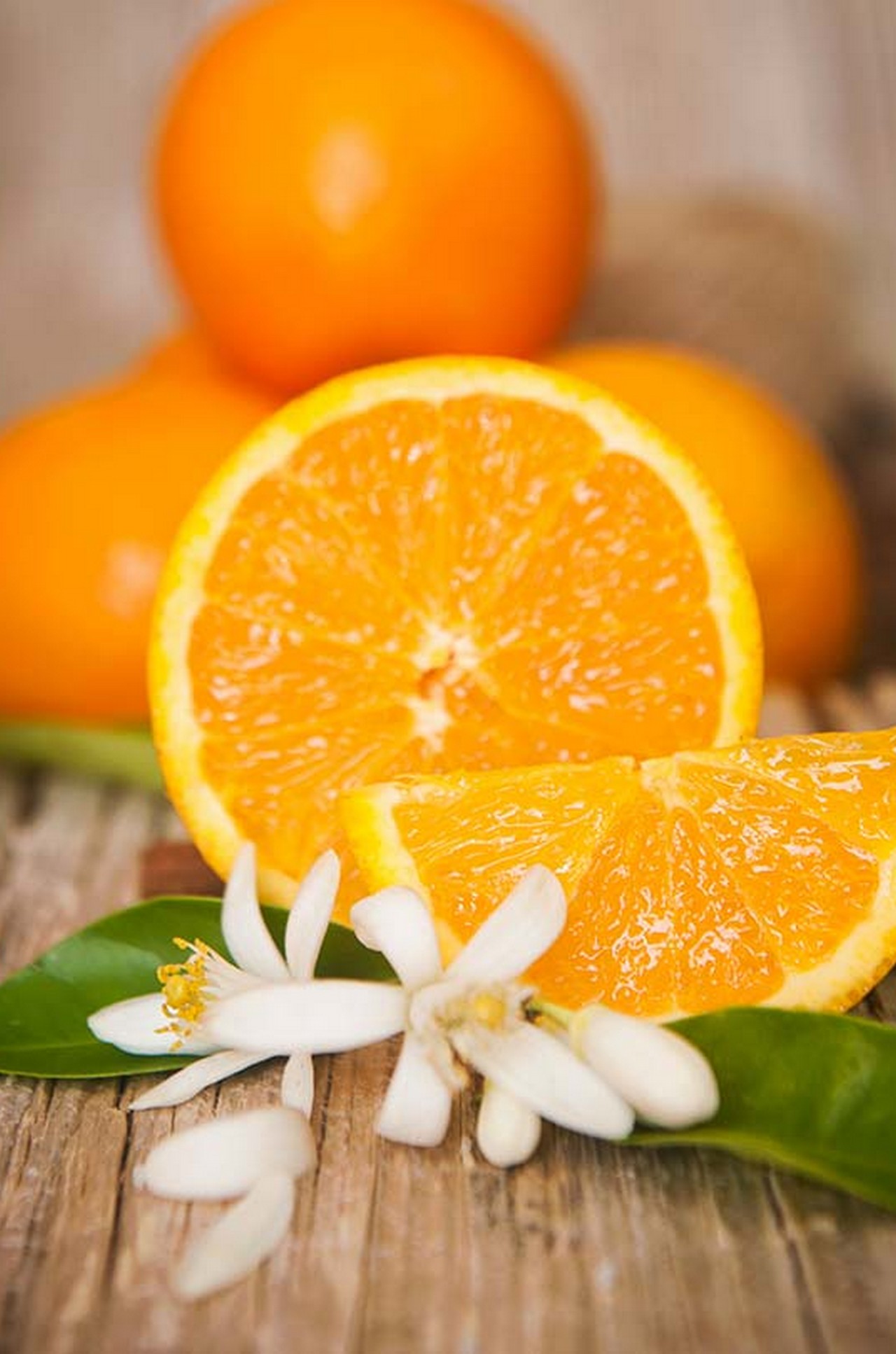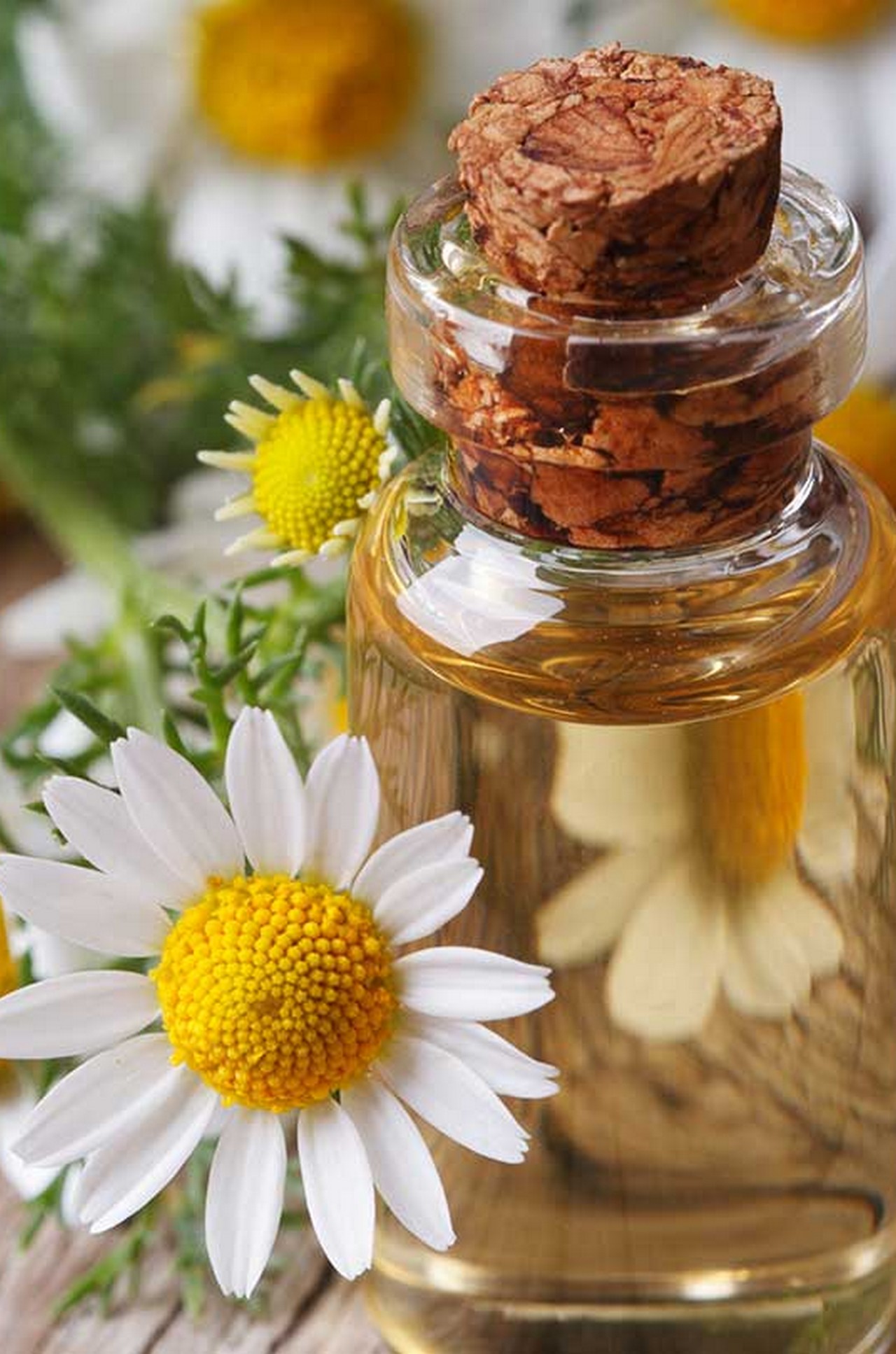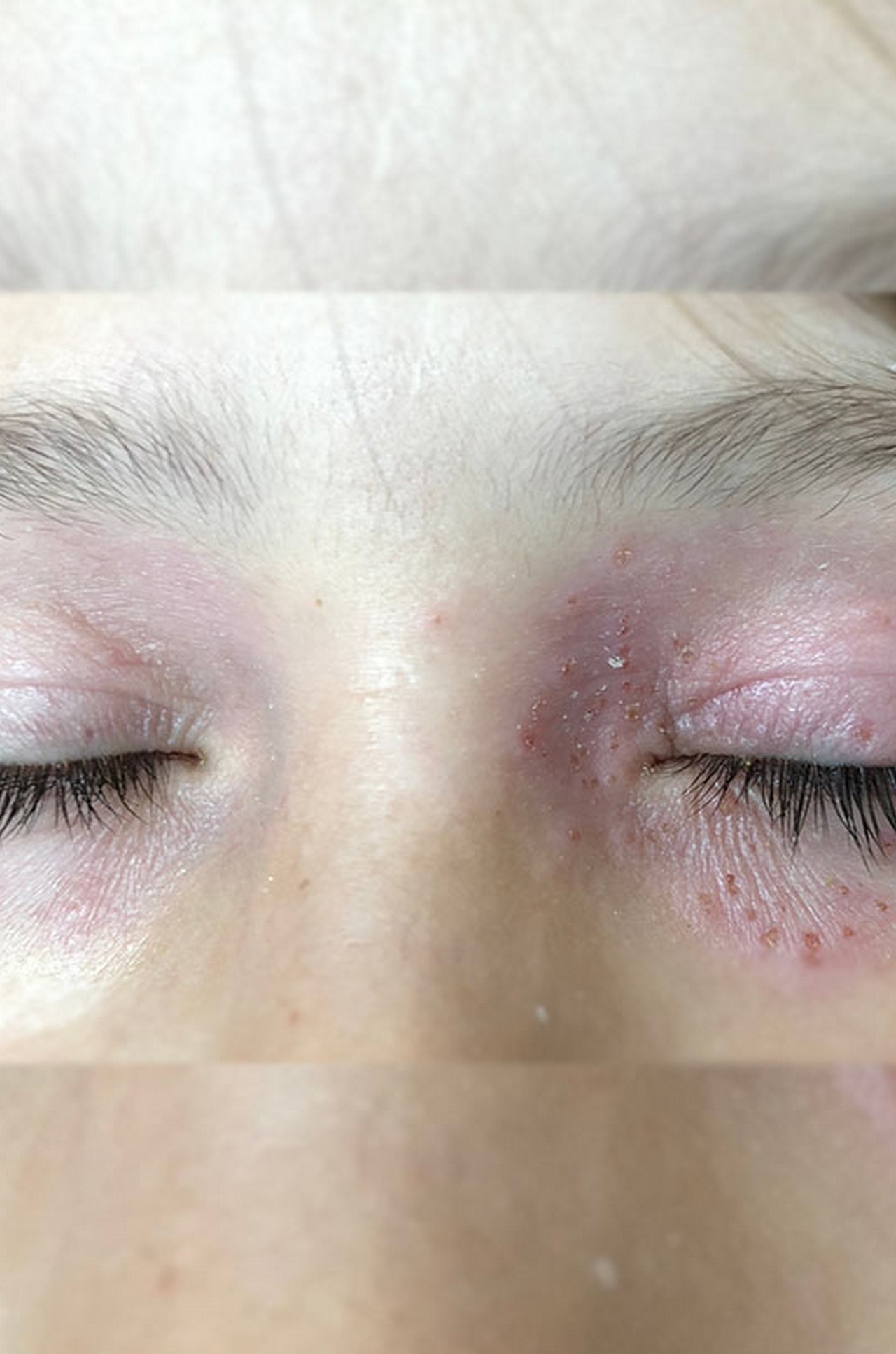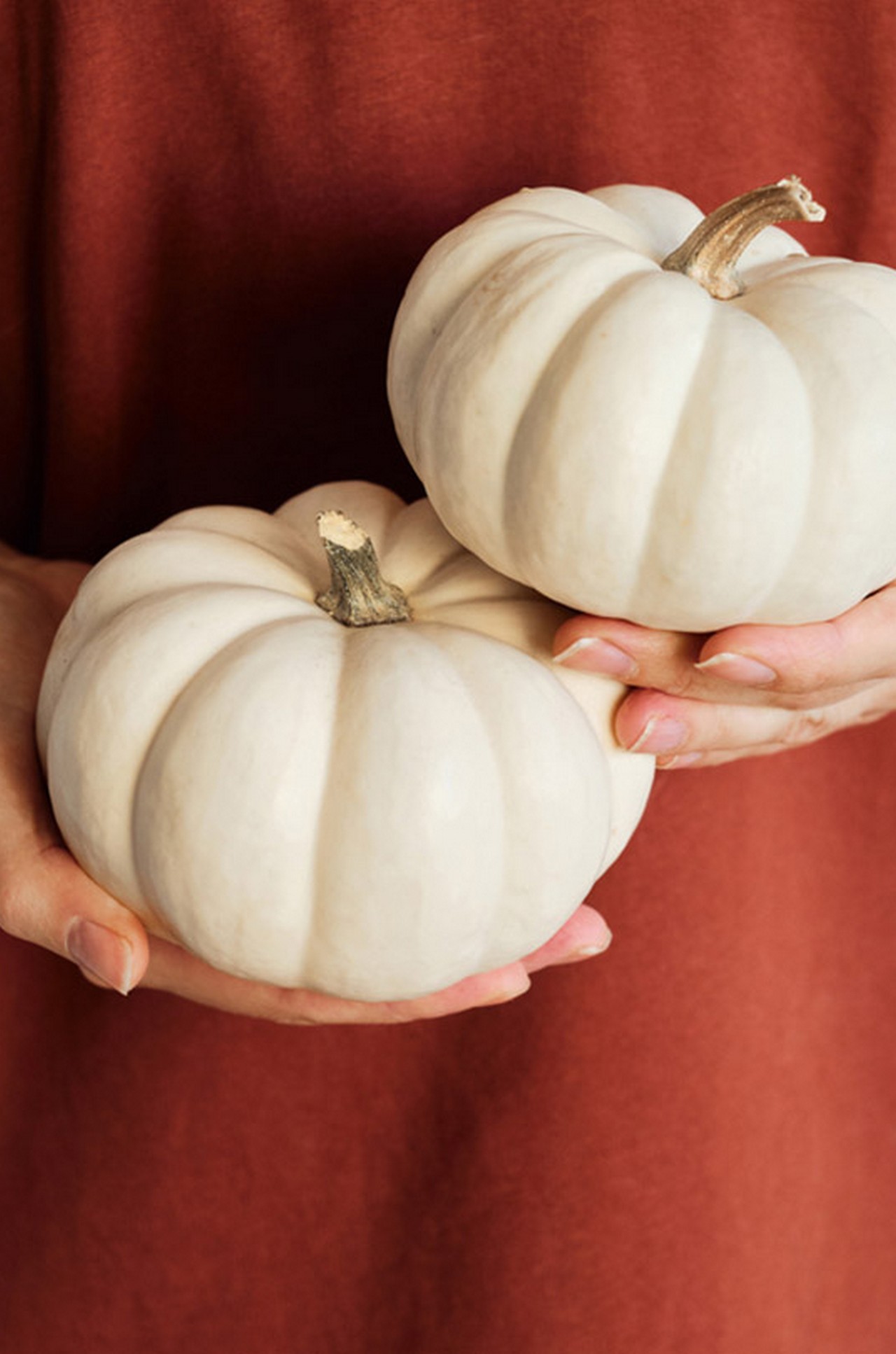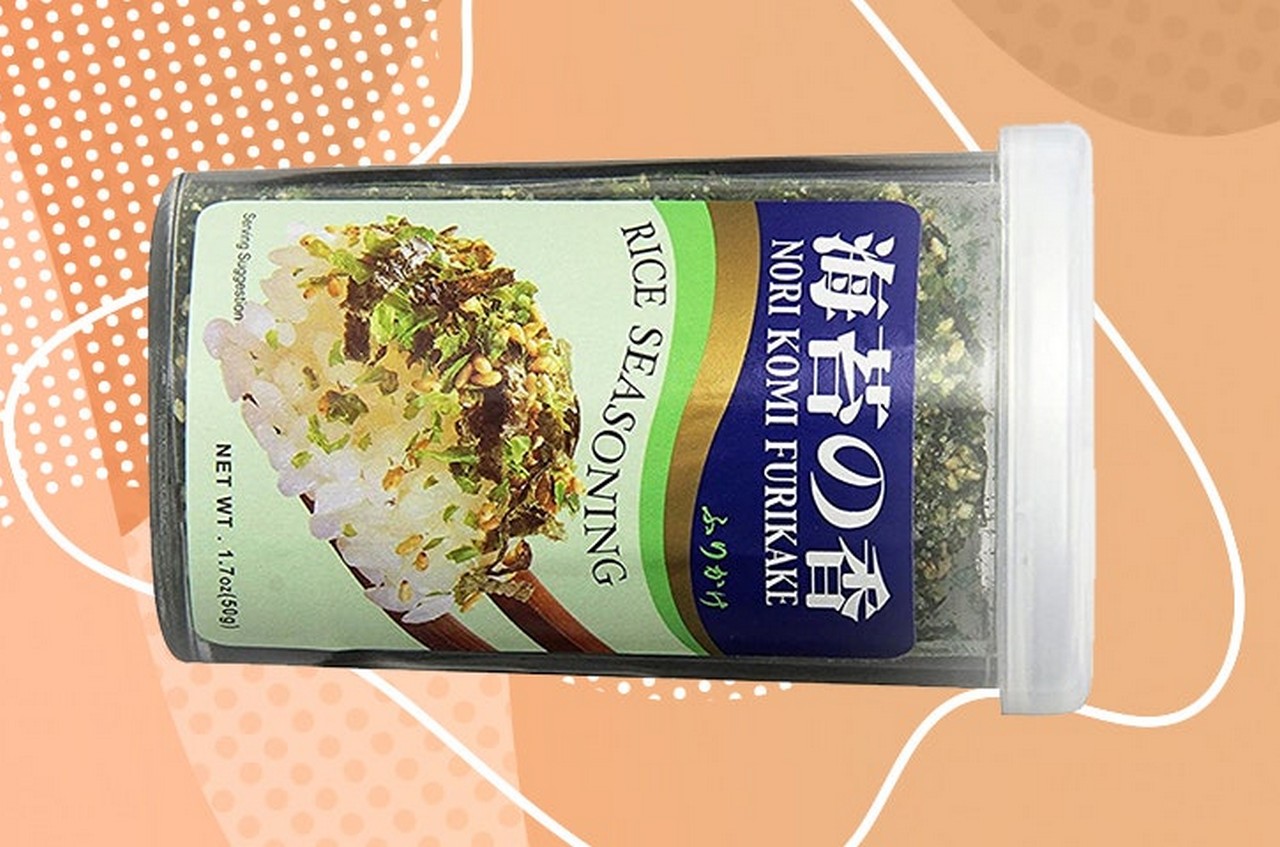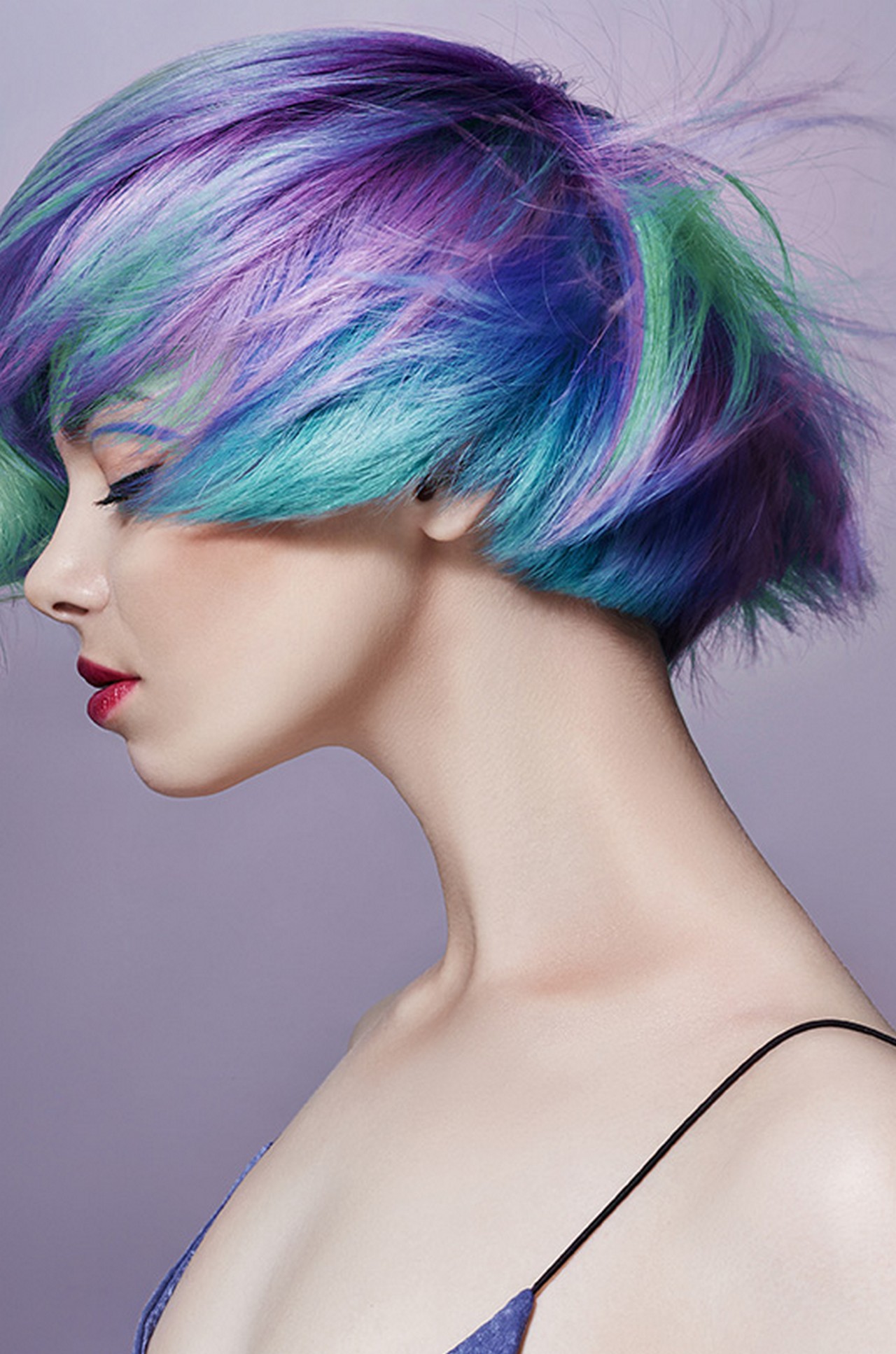
Changing your hair color may be a thrilling experience. However, most brands contain toxic substances that may lead to hair dye allergies. These toxic chemicals can also harm your hair.
Most hair dyes contain paraphenylenediamine (PPD). People with hypoallergenic skin may experience adverse reactions to PPD.
Don’t panic. You can easily manage hair dye allergies. Scroll down to learn about home remedies that can help you get rid of your allergy symptoms.
In This Article
Do Hair Dye Ingredients Cause Allergies?
We use hair color products to make our hair look trendy and lustrous. But these products may contain chemical ingredients that can cause an allergic reaction (like contact dermatitis).
The primary ingredient in these products that causes this reaction is paraphenylenediamine (PPD). This is usually used in printer ink and temporary tattoo ink. Packaged hair dye is usually sold with an oxidizer that partially oxidizes PPD. This effect is likely to cause an allergy.
Along with PPD, another chemical compound called para toluenediamine (PTD) is added to hair dye formulations. Though PTD could be milder than PPD, it can cause allergies.
Did You Know? Paraphenylenediamine is mostly used in permanent hair dyes. Therefore, opt for demi- and semi-permanent hair dyes that do not contain PPD.
Here are the signs and symptoms of such allergies.
Symptoms Of Hair Dye Allergy
The severity of your symptoms may vary. They can surface immediately or show up within 48 hours of using the hair dye.
The symptoms include:
- Red rashes on your body
- A stinging sensation on your scalp, face, and neck
- Appearance of blisters
- Swelling of the face and neck
- Inflammation of the feet, hands, eyelids, and lips
Mild symptoms can be relieved by washing the hair with a mild shampoo to remove excess dye. Gentle application of moisturizers and topical steroidsi XMedicines applied to the skin to reduce inflammation and irritation caused by dermatological conditions. can help in taking care of the inflamed part of the skin.
StyleCraze Says To avoid these reactions, you can opt for natural hair coloring ingredients such as lemon juice and green tea for lightening the hair and coffee, henna, and indigo for darkening the hair.
Sometimes, you can develop a severe reaction to these products. They can cause anaphylaxis, a condition characterized by fatigue, swelling of the throat, and increased difficulty in breathing. Anaphylaxis requires immediate attention, or it can turn fatal.
Using certain home remedies can help in reducing the severity of the symptoms.
Home Remedies For Hair Dye Allergies
1. Honey
Shutterstock
Honey is one of the oldest used traditional remedies for skin conditions. As it possesses immunomodulatory properties, it may help in reducing the lesions and rashes associated with atopic and contact dermatitisi XIt is a condition that makes skin inflamed or irritated after coming in contact with some substance or allergen. (1).
You Will Need
- 1 tablespoon of honey
- Sterile gauze
What You Have To Do
- Dab a tablespoon of honey on the sterile gauze.
- Dab the gauze on the rashes.
How Often You Should Do This
Repeat 3-4 times daily until the allergy heals.
Related: Benefits Of Honey For Hair + 15 DIY Hair Masks
2. Aloe Vera
Aloe vera has a therapeutic effect on the skin. It possesses wound-healing and anti-inflammatory properties that can eliminate the redness and swelling associated with hair dye allergy. The plant can also promote faster healing (2).
You Will Need
Aloe vera leaf or gel
What You Have To Do
- Apply aloe vera gel to the rashes.
- Leave it on overnight and rinse it off the next morning.
How Often You Should Do This
You can repeat this daily.
Related: Aloe Vera For Hair: Benefits, How To Use, And Side Effects
3. Jojoba Oil
Shutterstock
Jojoba oil has anti-inflammatory and wound-healing properties (3). It can help heal the inflamed lesions associated with hair dye allergies. The oil is also rich in wax esters that can help repair the skin.
You Will Need
1 tablespoon of jojoba oil
What You Have To Do
- Heat a tablespoon of jojoba oil mixed with a carrier oil (like olive oil).
- Apply this to your scalp and other affected areas.
- Leave it on overnight and wash in the morning.
How Often You Should Do This
You can apply this oil at least 2 times a week.
Related: 9 Benefits Of Jojoba Oil For The Hair And How To Use It
4. Coconut Oil
Coconut oil is widely used as a remedy for skin irritation. It possesses anti-inflammatory and analgesici XThis group of drugs helps relieve pain by selectively blocking the conduction of nerve impulses, also called painkillers. properties (4). These properties can help decrease inflammation, redness, and pain that are usually associated with hair dye allergies.
You Will Need
1 tablespoon of virgin coconut oil
What You Have To Do
- Apply a tablespoon of virgin coconut oil to your scalp.
- Leave it on overnight and wash your hair thoroughly with shampoo the next morning.
How Often You Should Do This
Do this 2 times a week.
5. Tea Tree Oil
Tea tree oil possesses anti-inflammatory properties that can help reduce the swelling and rashes caused by contact dermatitis (a possible reaction to hair dyes) (5).
You Will Need
- A few drops of tea tree oil
- 1 tablespoon of jojoba oil
What You Have To Do
- Heat the mixture of tea tree oil and jojoba oil in a saucepan.
- Apply this warm oil mixture to the rashes.
- Leave it on overnight and wash in the morning with a mild shampoo.
How Often You Should Do This
Do this 2 times a week.
6. Peppermint
Shutterstock
Peppermint possesses antipruritici XThey are drugs that are used to help relieve itching and can also help soothe inflammation. properties (6). Hence, it may help soothe the itchy, red, and scaly rashes associated with hair dye allergy.
You Will Need
- 1 cup of water
- A handful of peppermint leaves
What You Have To Do
- Heat a cup of water and add the peppermint leaves.
- Set the mixture aside for a while and let it cool.
- Apply it to the rashes and wash after 20 minutes.
How Often Should You Do This
Do this 2-3 times a week.
7. Witch Hazel
Witch hazel contains bioactive compounds, such as tanninsi XA class of astringents and natural antioxidants found in plants and can reduce skin inflammation and irritation. and proanthocyanidins, that exhibit anti-inflammatory properties (7). It may help eliminate the redness, swelling, and itchiness associated with hair dye allergies.
You Will Need
Witch hazel extract
What You Have To Do
- Take a sterile Q-tip and dab witch hazel extract onto it.
- Apply this extract to the rash and leave it to dry.
- Wash with plain water.
How Often Should You Do This
Apply this to the affected areas 2-3 times a day.
8. Chamomile Tea
Shutterstock
Chamomile has anti-inflammatory and analgesic properties (8). This may help reduce the inflammation, redness, and pain caused by an allergic reaction to the PPD in hair dyes.
You Will Need
1 cup of chamomile tea
What You Have To Do
- Prepare a cup of chamomile tea and set it aside to cool.
- Use the cool mixture to wash your scalp and hair.
- Air dry your hair.
How Often Should You Do This
You can do this 2-3 times a week.
9. Olive Oil
Olive oil is rich in antioxidants and other phenolic compounds. These compounds exhibit anti-inflammatory properties that can be effective in alleviating the symptoms of hair dye allergies (9).
You Will Need
1 tablespoon of olive oil
What You Have To Do
- Apply a tablespoon of warm olive oil to your scalp and other affected areas.
- Leave it on overnight and wash thoroughly with a shampoo.
- Alternatively, you may leave it on for about an hour and then wash with a shampoo.
How Often You Should Do This
Repeat this 2 times a week.
10. Sesame Oil
Shutterstock
The sesamin in sesame oil has anti-inflammatory properties (10). It can help treat hair dye allergies by soothing the red and itchy rashes and swelling.
You Will Need
2 tablespoons of sesame oil
What You Have To Do
- Heat sesame oil lightly and apply it to your scalp and other affected areas.
- Leave it on overnight and wash it off thoroughly the next morning.
- Alternatively, you may leave it on for about an hour before washing with a shampoo.
How Often You Should Do This
Do this 2 times a week.
These home remedies may help treat hair dye allergies. But as we know, prevention is always better than cure. In the following section, we have listed certain tips you can follow.
Precautions To Bear In Mind
- Always do a patch test of the product before using it. This will help minimize the chances of a possible allergic reaction.
- If you observe even the mildest allergic response to a chemical hair dye, stop using it immediately.
- If you want to get tattooed, make sure to check if you are allergic to the ink.
- People allergic to PPD or PTD could also be allergic to other substances, such as benzocaine, anesthetics, etc. Hence, keep your doctor, dentist, and hairstylist informed to avoid any mishaps.
Infographic: Ingredients To Avoid In Your Hair Dye
Hair dyes may cause allergic reactions, depending on the ingredients used in them and your skin sensitivity. While these reactions are usually not too severe and can be managed with some home remedies, there are certain ingredients you should be wary of. Check out the infographic below for a detailed list of harmful components found in hair dyes.
Hair dyes come with toxic chemicals like paraphenylenediamine, toluenediamine, etc., which can be harsh on the hypoallergenic skin and cause allergies. Washing the hair with shampoo can help relieve mild hair dye allergies, while moisturizers can take care of the inflamed skin. In case of serious allergies, go for home remedies with ingredients that have anti-inflammatory, wound-healing, analgesic properties. These include honey, aloe vera, jojoba oil, coconut oil, witch hazel, olive oil, etc. However, always do a patch test before using these formulations to avoid the possibility of an allergic reaction.


